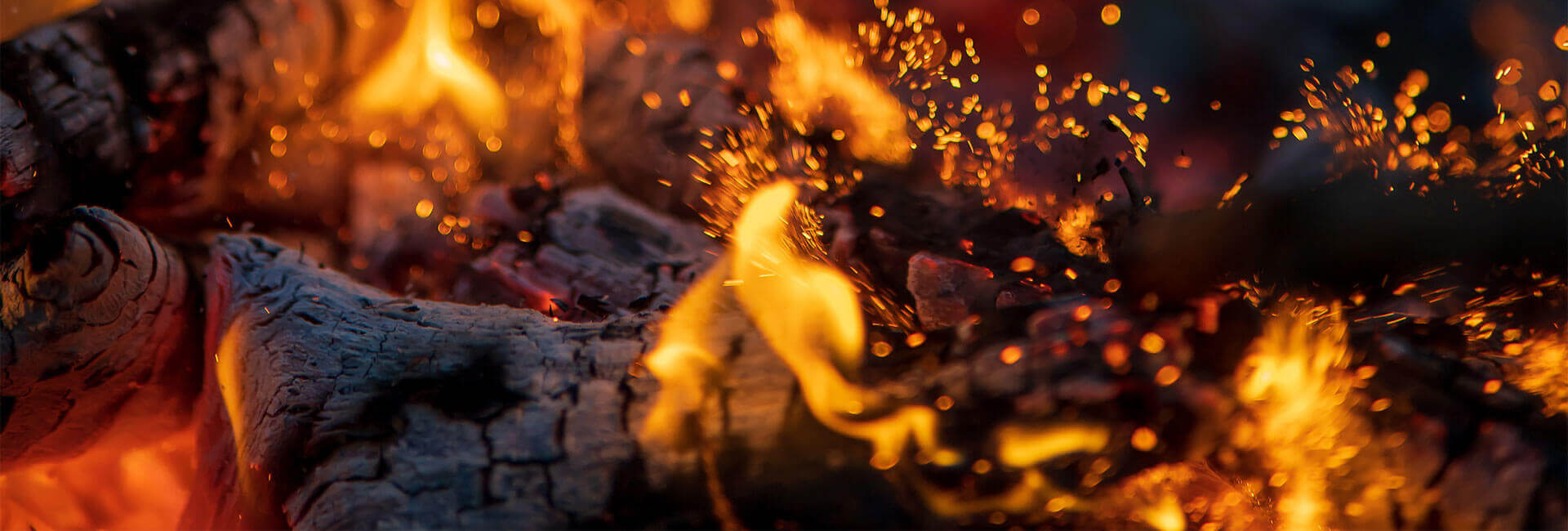Australian Standard AS3959–2009 affects all new homes being built in bushfire-prone areas.
The standard mandates different construction requirements designed to ensure your home is better equipped to withstand the threat of bushfire attack. These requirements vary depending on the level of risk in your area.
Generally speaking, the higher your assessed bushfire risk, the more stringent the requirements you need to meet. However, one key construction requirement in this standard that applies (to some degree) to all new homes in bushfire-prone areas is the use of ember guards.
What is an ember guard?
According to AS3959–2009, an ember guard is “a cover inserted in or over an opening or cavity to prevent the entry of burning embers”.
Ember guards can be either a mesh or a perforated sheet with a maximum aperture (hole size) of 2mm. Ember guards must be made from non-combustible materials. Your choice of materials is mandated according to your level of bushfire risk, which itself is determined by your BAL (bushfire attack level) rating.
If your home is located in an area with a BAL of 12.5, 19 or 29, your ember guards can be made from corrosion-resistant steel, bronze or aluminium. For homes in an area with a BAL of 40 or FZ, your ember guards must be made from corrosion-resistant steel or bronze.
Why are ember guards important?
Over 85% of homes that burn down during bushfires are set alight by windborne embers, not by contact with the bushfire front itself.
This “ember attack” can set fire to sources of fuel outside your home, or it can start an internal house fire, with embers sucked into your home through gaps as small as 3mm.
Ember guards defend your home against this threat of internal fire by preventing the entry of embers into your home.
Where are ember guards required?
Depending on your BAL rating, you may be required to install ember guards in various places around your home.
These requirements are as follows:
| Roof ventilation openings (e.g. gable and roof vents) | Gaps greater than 3mm in sheet roofs at the fascia or wall line and at valleys, hips and ridges | Openings in vented roof lights, roof ventilators or vent pipes | Evaporative cooling units | Eaves ventilation openings greater than 3mm | Roof light glazing in roofs having a pitch of less than 18 degrees to the horizontal | |
| BAL 12.5 | Required – see clause 5.6.1(c) | Required* – see clause 5.6.3(b) | Required – see clause 5.6.5(b) | Required* – see clause 5.6.5(f) | Required – see clause 5.6.6(c) | N/A |
| BAL 19 | Required – see clause 6.6.1(c) | Required* – see clause 6.6.3(b) | Required – see clause 6.6.5(b) | Required* – see clause 6.6.5(f) | Required – see clause 6.6.6(c) | N/A |
| BAL 29 | Required – see clause 7.6.1(c) | Required* – see clause 7.6.3(b) | Required – see clause 7.6.5(b) | Required* – see clause 7.6.5(f) | Required – see clause 7.6.6(f) | Required – see clause 7.6.5(e) |
| BAL 40 | Required – see clause 8.6.1(c) | Required* – see clause 8.6.3(b) | Required* – see clause 8.6.5(a, c) | N/A | Required – see clause 8.6.6(f) | Required – see clause 8.6.5(c) |
| BAL FZ | Required – see clause 9.6.1(c) | N/A – gaps need to be sealed using other materials | N/A – gaps need to be sealed using other materials | N/A | N/A – gaps need to be sealed using other materials | N/A – roof lights must comply with other requirements – see clause 9.6.3(b) |
* Gaps can also be sealed using alternative materials or items – refer to the standard for more information
Blue Mountain Co Gutter Mesh ember guard
At Blue Mountain Co Gutter Mesh, our 2mm steel gutter mesh is ember guard compliant.
As such, it can be used as an ember guard around your home to help you meet the requirements of AS3959–2009 for new homes in all BAL rated areas from 12.5 to FZ.
Disclaimer: Every effort has been made to ensure these guidelines are consistent with AS3959–2009. However, we cannot guarantee the accuracy of any of the information on this web page. As such, we recommend that you refer to the Australian Standard yourself, or seek tailored advice from a qualified expert.
Blanchi & Leonard, Investigation of Bushfire Attack Mechanisms Resulting in House Loss in the ACT Bushfire 2003, 2005
Standards Australia, Construction of Buildings in Bushfire-Prone Areas, 2009
